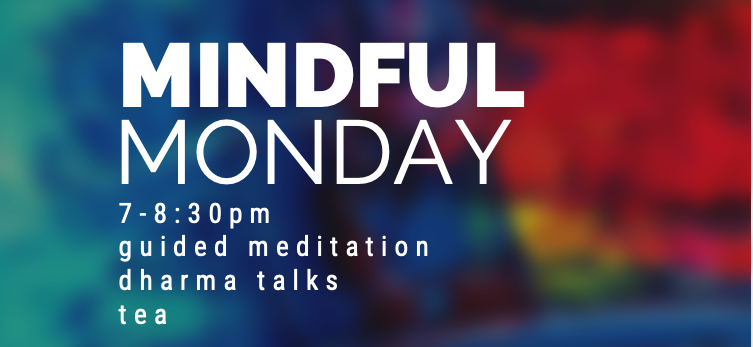Shambhala Arts
Kado as Practice
By Gala Sly
Kado is a Chinese word that means ‘the way of flowers,’ a contemplative practice that began in China over 2000 years ago. The word ‘ikebana’ arose after kado was introduced to Japan during the classical Heian period. ‘Ka’ means ‘flower’ and ‘do’ means ‘the way, the path’. It’s the same ‘do’ found in other forms of meditation-in-action such as chado (the way of tea), shodo (the way of the brush), kyudo (the way of the bow), or the martial arts judo and aikido.
Like the gardener who gradually discovers that it’s not at all what they originally had thought—that they aren’t making a garden, it’s the garden that makes the gardener—slowly we realize that kado isn’t really about the flowers at all.
Marcia Shibata, founder of the Shambhala Kado Rigden School of Ikebana, says, “The ultimate purpose of Kado is not to make pleasant flower arrangements, but to cultivate appreciation for each moment, to work with obstacles, and to develop respect for ourselves, others, and all forms of life.”
Alongside such obstacles as a branch that snaps instead of bending, again and again we come up against pride, our arrogance, how inept we are emulating the graceful generosity of flora.
Having shortened the life of living plant material by cutting it, our responsibility is to arrange it in a way that reveals its unique qualities, its mystery. And we must put something of ourselves into the vase along with it. Slowly we realize that there are many others in the container with us and the flowers. At first, we hadn’t noticed them—the bee, the cloud, the truck drivers, the whole sacred world. Seeing this interpenetration, we find we’re happier with a found branch from among the ones the wind has offered, with in-season stems from a local flower farmer, and, in wintertime, with scapes of dried seedpods. There is a famous saying by Sofu Teshigahara (the credo of the Sogetsu School he founded) that ikebana can be done by anyone, anywhere, anytime, with any kind of material. We have confidence that we are like anyone.
Kado complements and supports all my other Shambhala Buddhist practices. Repeatedly trying to express the harmony of heaven, earth, and human principles in every kado arrangement has fostered visceral and conceptual insights. Here’s one example: the first stem placed in any arrangement represents the heaven principle. So we begin by contemplating what that might mean, the heaven principle – vastness, the dharmakaya, suchness, the ultimate court. Now, how to evoke it? A dot arises in space. Form is emptiness, emptiness is form. We place a branch to point to space.
Ikebana
Harvest of Appreciation
Please feel free to continue sending any “offerings” of creative life experiences you are inspired to share…art, cooking, harvest from your garden, projects on the go…for an ongoing Harvest of Appreciation for how we spend our lives.
Send your submissions to Lynn Dragone ([email protected])







